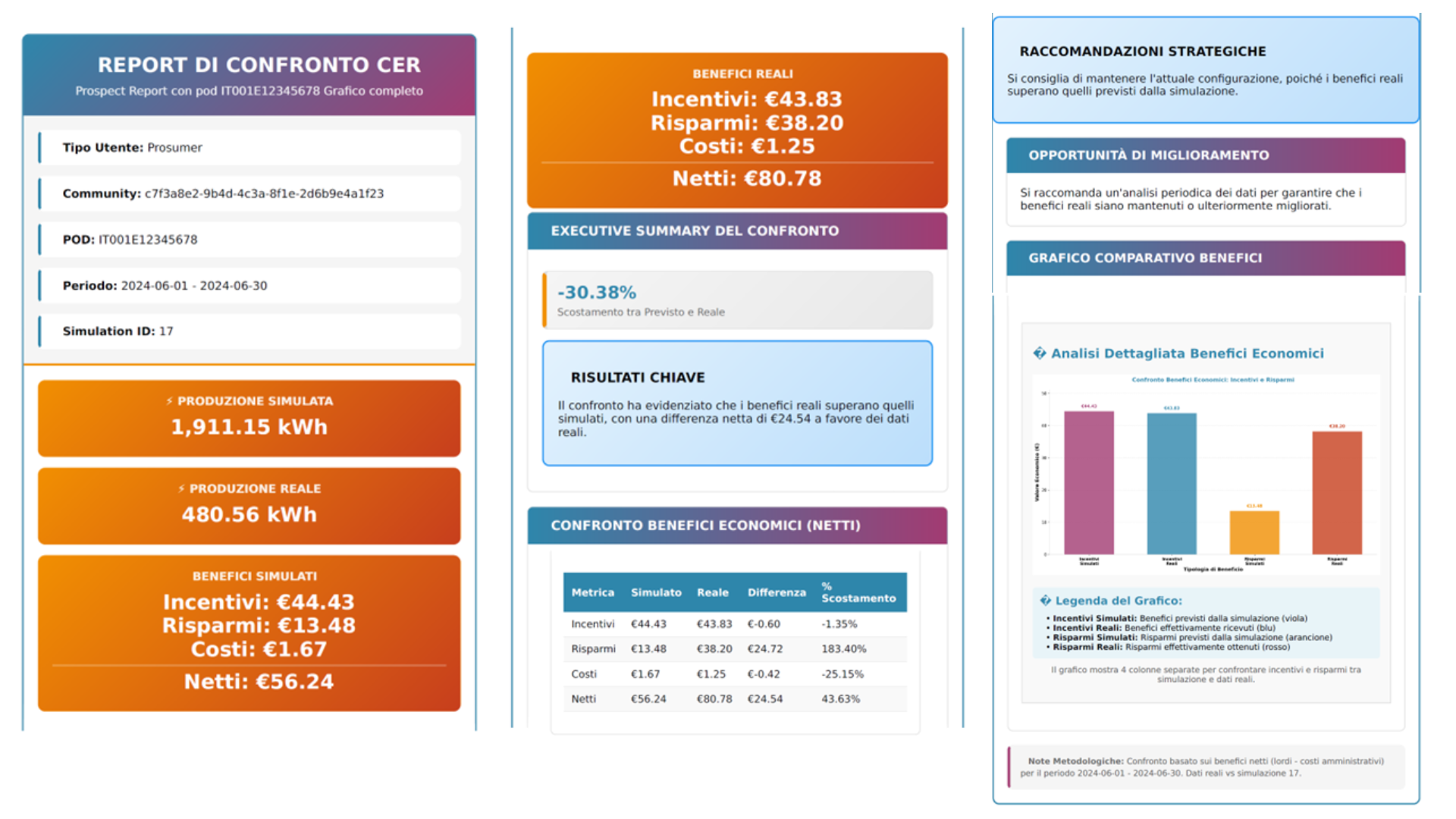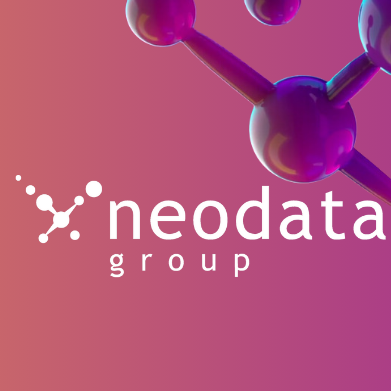Table of Contents
- What is A.I.S.R.E.C.?
- CER as a Service: A Complete Operational Model
- Goals: What Impact Does A.I.S.R.E.C. Aim to Generate?
- A Roadmap to the Future of Energy
In today’s world, where sustainability, energy transition, and community engagement are becoming strategic drivers for the future, A.I.S.R.E.C. emerges as an innovative project that places Artificial Intelligence at the heart of creating, managing, and disseminating Renewable Energy Communities (RECs).
A Collaborative Innovation
Neodata Group, in partnership with M2D Technologies and Consorzio Cometa, has developed a cloud-native SaaS platform that leverages generative AI, machine learning, microservices, and governance tools to support public institutions, companies, and citizens in the field of energy sustainability.
What is A.I.S.R.E.C.?
A.I.S.R.E.C. (Artificial Intelligence System for Renewable Energy Communities) is a joint initiative by Neodata Group, M2D Technologies, and Consorzio Cometa within the NODES (North-West Digital and Sustainable Ecosystem) framework. The project has led to the creation of a full SaaS, multi-tenant, cloud-native platform based on microservices orchestrated with Kubernetes, built around three key objectives:
- Democratize access to Renewable Energy Communities (RECs)
- Simplify bureaucracy and management processes
- Maximize energy efficiency through AI
At its core, the platform integrates advanced AI models: Large Language Models (LLMs) for document generation and management, and machine learning algorithms for energy forecasting, optimization, and analysis.
CER as a Service: A Complete Operational Model
Renewable Energy Communities (RECs) are associations of citizens, businesses, public bodies, or other organizations that produce, consume, and share renewable energy locally. They are a key tool in the energy transition, cutting costs, reducing environmental impact, and empowering citizens to become active players in the change.
A.I.S.R.E.C. introduces a “CER as a Service” model: a flexible, replicable, and ready-to-use infrastructure that enables the creation, simulation, monitoring, and optimization of RECs using intelligent, automated tools.
It supports the entire REC lifecycle through three fundamental pillars:
1. Onboarding and Simulation (Knowledge & Awareness)
Setting up a REC requires feasibility studies, economic assessments, and environmental estimates. A.I.S.R.E.C. provides microservices to support decision-making in these early stages, allowing simulations based on historical or synthetic data to forecast economic returns, environmental impact, and investment payback periods. It also promotes awareness and understanding of renewable energy among citizens, institutions, and businesses.
2. Administrative and Contractual Documentation via Generative AI
To ensure bureaucracy doesn’t become a bottleneck, the system uses LLMs and Retrieval-Augmented Generation (RAG) techniques to:
- Perform semantic and interpretive searches across regulatory documents and certifications
- Automatically generate tailored documents, such as bylaws, contracts, energy reports, or economic forecasts
- Ensure reliability and transparency by training on certified sources to avoid errors or misinformation
3. Optimization through Monitoring and AI-Driven Insights
For day-to-day operations, the platform maximizes efficiency with:
- Predictive algorithms to estimate energy production and demand
- Data-driven detection of inefficiencies in energy usage
- Smart load management strategies, including storage system logic
- Transparent, automated incentive calculations in compliance with national regulations (GSE, TIAD, MASE, etc.)
Goals: What Impact Does A.I.S.R.E.C. Aim to Generate?
The overall goal of the project is to accelerate the creation and efficient management of Renewable Energy Communities. Its mission is to promote the use of renewable energy at the community level, reduce environmental impact, protect public health, and uphold community rights—aligned with the Do No Significant Harm (DNSH) principle.
It aims to deliver impact on several levels:
- Scientific and Technological: advancing the development and application of AI/ML in distributed energy systems; fostering innovation in collective energy management and sharing
- Economic: reducing costs for users; improving the effectiveness of incentives; creating new service opportunities for SMEs in the renewable energy sector
- Environmental and Social: lowering CO₂ emissions; reducing reliance on fossil fuels; raising ecological awareness; encouraging citizen participation; reinforcing the DNSH principle
This is more than just a tech solution—A.I.S.R.E.C. is designed to be a real catalyst for widespread and sustainable REC adoption.
Example Use Case: Imagine a prosumer (a user who both consumes and produces energy) who chooses not to use batteries and instead consumes 50% of the energy produced, drawing the remaining 50% from the grid and feeding any excess back into it. The platform analyzes this behavior, suggests improvements, and provides personalized recommendations to maximize energy efficiency and user benefits.

A Roadmap to the Future of Energy
With A.I.S.R.E.C., Neodata Group is pioneering a new path—not just enabling the creation of RECs, but reshaping how energy is conceived, managed, and shared.
AI becomes a driver of sustainability, accessibility, and awareness.
The future of energy is distributed, intelligent, and most importantly… It’s already here.

Neodata AI Team
As Neodata, we provide data, insight, articles, and news related to AI and Big Data.
-
Neodata AI Team#molongui-disabled-link
-
Neodata AI Team#molongui-disabled-link
-
Neodata AI Team#molongui-disabled-link
-
Neodata AI Team#molongui-disabled-link